Introduction
In the realm of music production and mixing, dynamics play a critical role in bringing life to a track. These dynamics, however, need to be tamed and controlled to ensure the final output is both robust and distortion-free. That's where the role of a limiter, like our Complexx, comes into play. This new plugin not only controls the peaks but also introduces a character to the sound that's quite unparalleled. Let's explore different ways to use it!
Why Use a Limiter in Your Mix
A limiter isn’t just about preventing audio from clipping. It’s an essential tool that, when used correctly, can elevate the perceived quality and loudness of your mix. The right limiter can add color, character, and cohesiveness, allowing individual elements to sit better in the mix and ensuring that the final master translates well across different listening systems. The Complexx, with its intuitive design and vintage flavor, offers a unique solution for those aiming for a polished, professional sound with some extra character.
4 Ways to Use the Complexx Limiter in a Mix
1. Enhancing Drum Transients
Drums give energy and rhythm to a song. When mixing, it's essential that drum transients—those initial bursts of energy when the drum is struck—are well-defined.
- Understanding Transients: Transients are the initial spikes in energy when a sound starts. In drums, these transients can define the punch and clarity.
- Using Complexx: By setting a relatively high threshold and a fast attack, the Complexx can catch and accentuate these transients, making drum hits sharper and more prominent in the mix.
- Release: The release setting is vital. A faster release ensures the limiter doesn't suppress the sound for too long, retaining the drum's natural resonance. Conversely, a slower release can add sustain to drum hits, making them sound fuller.
2. Maximizing Vocal Clarity
Vocals often carry the emotion and message of a song. They need to be front and center, clear, and intelligible.
- The Challenge: Vocals can vary in loudness due to the singer's dynamics. This inconsistency can make some words or phrases get lost in the mix.
- Utilizing Complexx : By placing the Complexx on the vocal track and adjusting the threshold, you can ensure that softer phrases are lifted and louder ones are tamed, achieving a consistent vocal performance.
- Breathing Life: It's essential not to over-compress; use the plugin's visual feedback to ensure you're only catching the peaks, preserving the vocalist's natural emotion and dynamics.
3. Adding Weight to Bass Elements
Bass elements, whether from a bass guitar, synthesizer, or electronically generated sources like 808s, provide the foundational underpinning for many tracks. When mixed correctly, they can evoke power and emotion.
- The Low-End: The lower frequency range can be both a blessing and a curse. It adds depth and warmth, but if unchecked, it can cause a mix to sound muddy or boomy. The trick lies in achieving that powerful bass without overwhelming the mix.
- Harnessing Complexx: The Complexx Limiter can be an invaluable tool here. By setting a threshold to catch the peaks of the bass elements, it ensures that they remain powerful without causing unwanted distortion or overpowering other elements in the mix.
- Release Time: For bass elements, the release time can shape the sustain and decay of the sound. A shorter release time might make the bass sound tighter, while a longer one can add richness and resonance.
4. Achieving a Consistent Mix Level
While individual elements' dynamics are crucial, the overall mix's consistency ensures a pleasant listening experience. Sudden jumps in loudness or drops in volume can be jarring for the listener.
- The Final Piece: The master bus, or 2-bus, is where all your mix elements come together. Ensuring this bus has consistent dynamics is crucial for a cohesive mix and eventual master.
- Mastering with Complexx: Applying the Complexx on the master bus, even with subtle settings, can pull the mix together. Set the threshold to catch any stray peaks and ensure the gain reduction meter only engages occasionally. This ensures that the mix retains its natural dynamics while achieving a consistent loudness level that will sound as loud as what you listen to on Spotify, Apple Music, etc.
- Striking the Balance: It's crucial to strike a balance between loudness and dynamics. While you want your mix to be competitively loud, you don't want to squash the life out of it.
Conclusion
The Complexx plugin is not just another tool in the audio engineer's toolkit. Its versatility and unique character make it a go-to for various tasks in the mixing process.
From giving drums that extra punch to ensuring a mix is polished and cohesive, the Complexx is a testament to what modern audio processing can achieve. We encourage every producer, musician, and songwriter to experiment with its settings across different mix elements. Its potential might just surprise you!

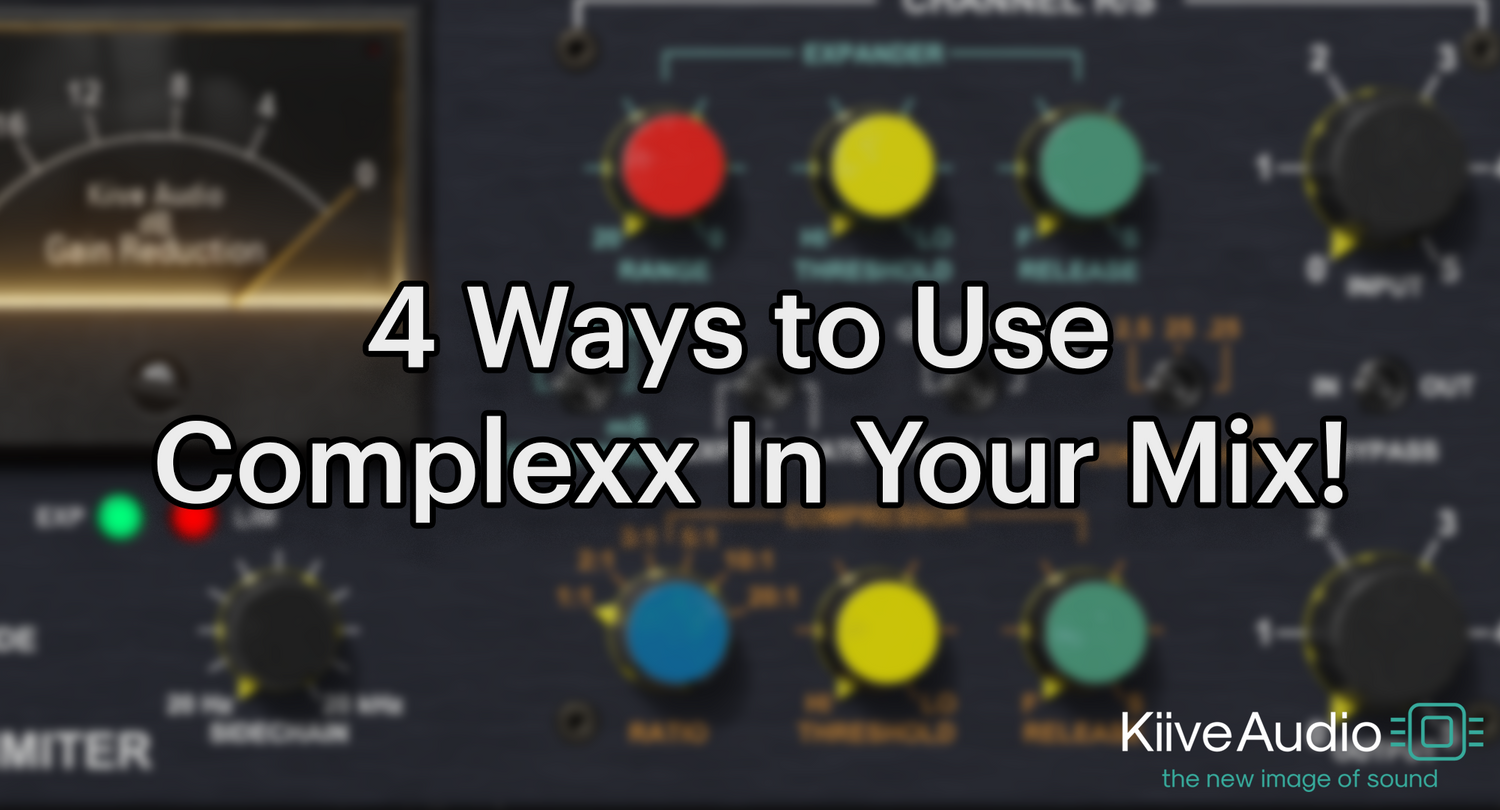





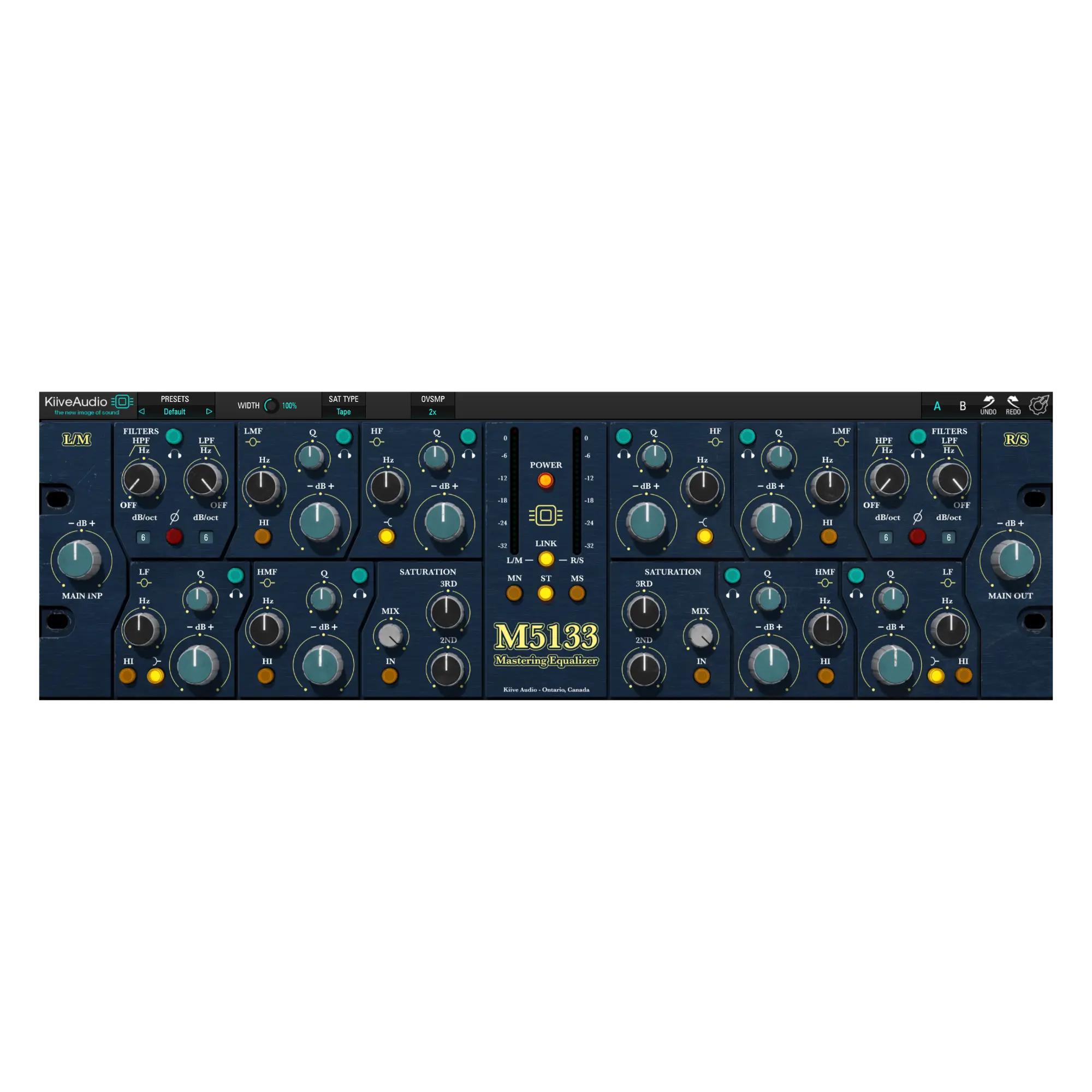
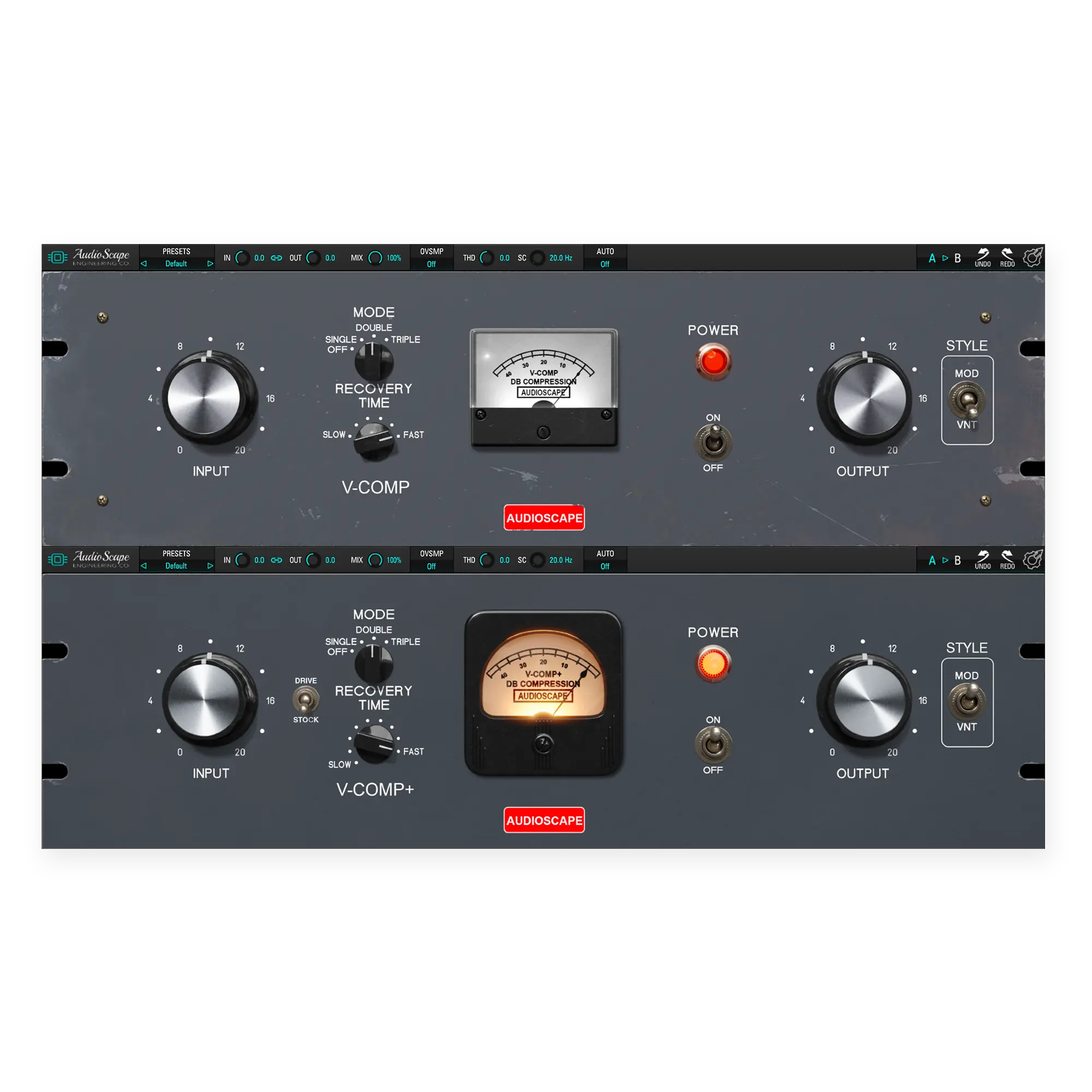
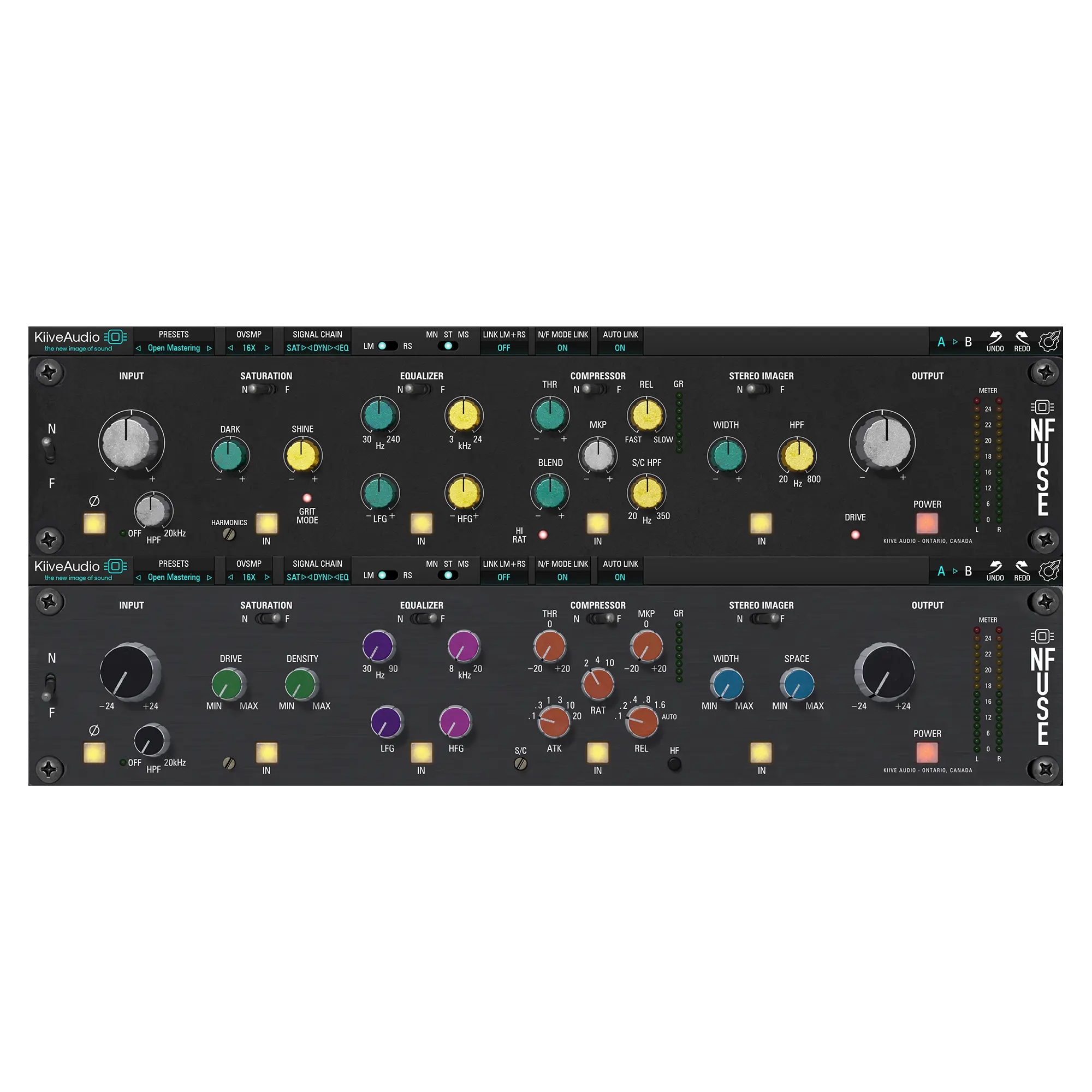
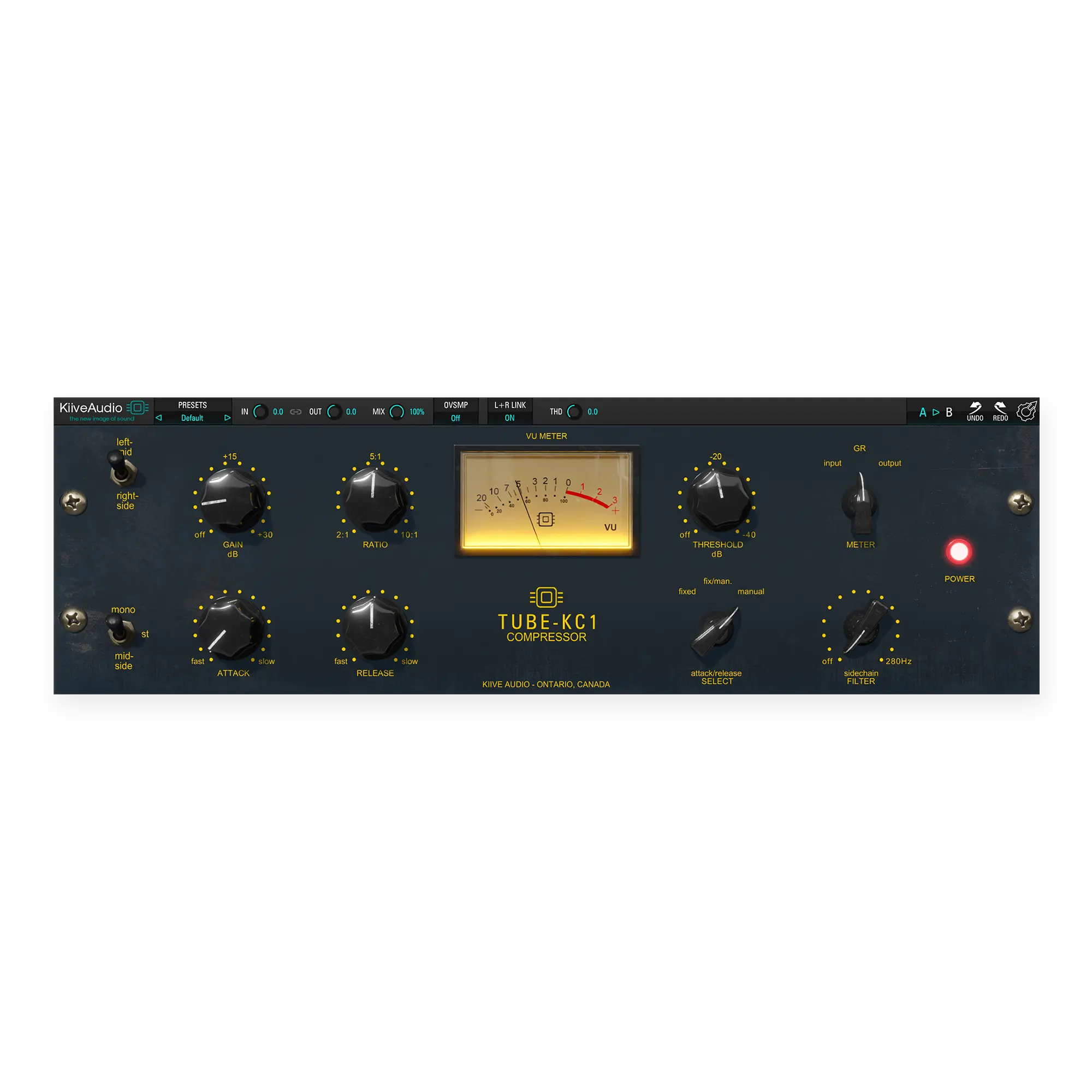
Leave a comment
This site is protected by reCAPTCHA and the Google Privacy Policy and Terms of Service apply.